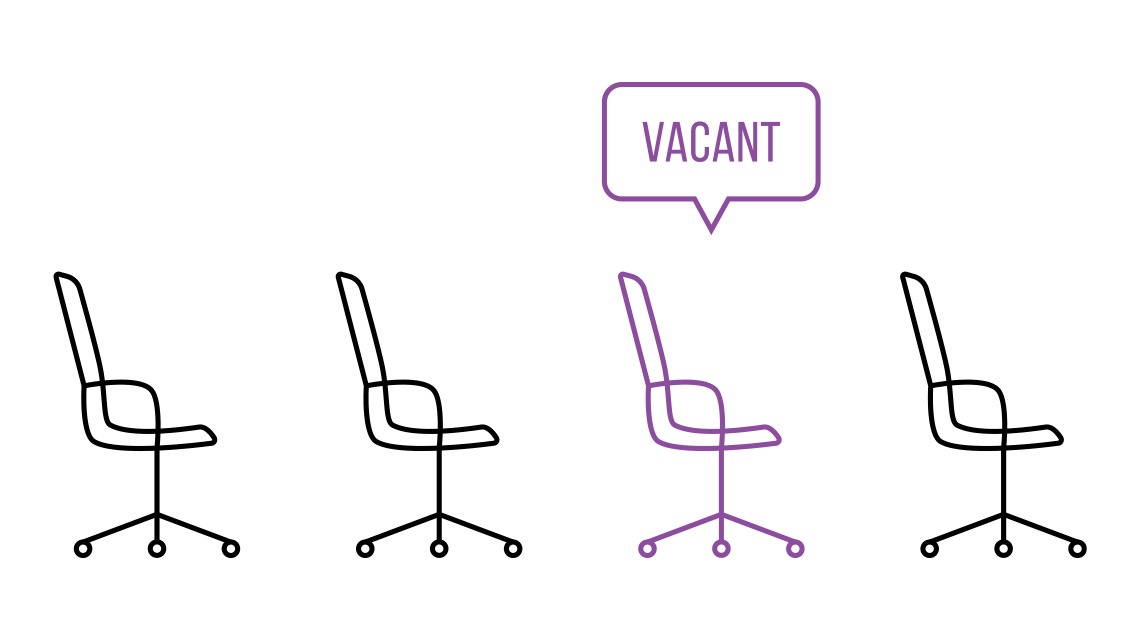Not everything we learned in the pandemic was good
In the past, I’ve written about the things we needed to remember from our time in the pandemic: how we were able to reach larger and more inclusive audiences, provide inexpensive captioning solutions, “beam in” subject matter experts from around the world with minimal climate impact, and how to use unprecedented data access to help understand our attendees’ needs and wants. We came so far, from a technology standpoint, in just a couple of years.
Unfortunately, it’s now time to have a frank conversation about some of the bad habits we’ve brought forward from our time in lockdown. To be fair, most of these were bad habits we had before the pandemic, but sadly instead of getting better at it, the majority of AV technicians I’ve spoken with agree that we’ve actually gotten worse at these key things that can dramatically affect your events.
Lack of Rehearsal
The first, and perhaps most glaring issue that has followed us into this new era of meetings and events is the lack of rehearsal. During the pandemic, we became accustomed to the idea that we could spool up an “event” very quickly. We were OK with shoddy backgrounds and lighting, so of course we were OK with presentations being a little rough around the edges. Now that we’re back to producing events in person, however, the lack of rehearsal and preparation is showing, and resulting in lower-quality production. And attendees can’t help but notice.
“It’s now time to have a frank conversation about some of the bad habits we’ve brought forward from our time in lockdown.”
At a recent pharmaceutical company event, the organizers spent a small fortune on some of the best AV gear and technicians money could buy. The presenters, however, barely rehearsed their sections, weren’t sure who was going on when and in what order, and clearly had given little thought about the larger event as a whole. At one point a video ended, and a presenter backstage could loudly be heard saying, “Now what?” The audience laughed, and fortunately it was an internal event, but it was still embarrassing, and an own-goal of epic proportions.
Read More: Event Safety PSA: Failing to Prepare Could Cost You
In a post-con for another event, we were given the feedback that sometimes microphones were slow to turn on as presenters started speaking, and that many of the transitions to PowerPoint on the screens were slow. While I apologized on behalf of the team, I also made sure to point out the “rehearsal” consisted of individual presenters clicking through their slides, doing a quick mic check, and then leaving. The mics were slow to bring up because the audio technician had no idea who was going to speak when, and the PowerPoints were slow to go on screen because the presenters had told us things like “When I talk about my house, go ahead and bring up the slides.” During show, however, they’d skip this point, or say something completely different, or say, “Can we show my slides please?” Easy enough to do, but it does take a second if you’re not expecting it!
Rehearsal is one of those things that not only helps your presenters feel more comfortable but also reduces stress levels for your AV team as well. It’s one of the single most important ways to improve the overall professionalism of your event.
Not Starting on Time
I definitely railed about this during the pandemic. Far too often our online meetings would open up at the top of the hour, only to have the MC or host say, “Let’s give people a few minutes to log in,” meaning basically every event started 5-6 minutes late. Now that we’re back to in-person events, I can’t help but feel that we’ve kept that mentality. It feels like most general sessions are being held for 5-10 minutes while repeated Voice of God announcements are made asking people to take their seats and venue staff walk through the lobby with chimes. On a recent event with a large countdown timer on the screen, the organizer kept having us add time to it, pushing our start time later and later.
On events where the organizer decides not to hold the doors open and actually start on time, it seems like attendees are almost surprised. And that’s the key: if you want your attendees (or at least most of them) in the room and sitting down on time, you have to start on time. The more you hold the doors for late arrivals, the more you’re telling your attendees that it’s OK to be late. After all, what’s the point of a countdown clock if you keep adding time to it? People then quickly learn the countdown is meaningless, and that they can ignore it.
When my wife’s job evolved and she started helping produce her company’s events, one of her first questions was, “How do I get them back in the room after breaks? They ignore the chimes and the announcements!”
My response? “Always start on time. They’ll learn.”
Literally Last-Minute Content Delivery
Another classic from pre-pandemic that’s only gotten worse. It was always difficult to get PowerPoints and videos in advance of a show, but more and more we’re seeing content being delivered not just the morning of the event, but actually after the doors are open and attendees have already begun entering the room. This means we can’t test the display and playback of the content on the main screens or at full volume in the room, and that’s pretty much a graphics person’s worst nightmare. It also means that the graphics op is trying to load content while simultaneously trying to run the current session, increasing the likelihood of making a mistake, or again contributing to “slow transitions.”
Read More: The Present and Future of Event Production Trends
If video content is delivered while in session, there’s no way to properly test the audio in the room, contributing to videos that are too soft (or ear-splittingly loud) at the start of their playback. And, if there is a glitch or error in the videos, there is no time to fix it. We just have to roll with what we have, even if the quality is sub-par.
Cutting Back on Equipment and Staffing
With the economic uncertainties of the last year or so, many have opted to scale down their events by cutting back on equipment and technical personnel. While, of course, we need to be fiscally responsible, it’s essential to strike a balance between frugality and functionality. When we skimp on equipment or team members, we often compromise the quality of our audiovisual and technical elements. You can’t produce a world-class event with a shoestring budget and outdated technology. The experience will suffer, and your attendees will take notice.
Other times, cutting back on personnel will wind up sending the few staff you do have into 1.5 or double overtime. While this might still be less expensive than having more staff involved, those long days can also contribute to having a more stressed, exhausted AV team—again increasing the likelihood of mistakes. Instead of cutting back on staff, take a good look at your schedule. Would it make sense to cut the second general session? What about tearing down the next day instead of the night of the event? Both of these simple suggestions can dramatically affect your labor budget.
A Little Too Comfortable with the Cloud and Video Conferencing
While cloud and video conferencing applications served as a lifeline during the darkest days of the pandemic, organizers seem to have forgotten there’s a difference between using these services in an office or home setup versus using them in a live meeting or event production environment.
Read More: In the Cloud We Trust
Several times over the last year, we’ve been asked with less than 10 minutes before a session to arrange for a presenter to be brought in virtually. “Oh, he missed his flight- can’t we just use Zoom?” We can, of course, but it usually requires more than a few minutes’ notice to set up. They’re not thinking about the differences between a hotel ballroom and a home office. What will the remote presenter be seeing? Do we need a camera? How will they hear the in-room questions or feedback? How will we be seeing them? Do we need to patch them into an existing projector? How will they be presenting their slides, if any? It’s way easier these days to bring in remote presenters, but we do still need a little notice to do it properly.
“Producing an event is not just about bringing people together—it’s about creating an unforgettable experience.”
Likewise, the cloud is a great place for collaboration in the weeks leading up to an event, but once you’re on-site “downloaded” and “local versions” are the keys to the day. Services like Google Slides and Prezi have always had “offline modes” but these have been temperamental, at best. The same goes for videos and other online content. These should never be “hot links” and should always playback from a local machine with no Internet access.
Audiences Demand More
As we emerge from the shadow of the pandemic, we have the unique opportunity to reflect on the habits we’ve adopted and ensure they serve us well in our pursuit of excellence. Remember, producing an event is not just about bringing people together—it’s about creating an unforgettable experience. Audiences are demanding exactly that to justify the cost of travel, both in dollars and in environmental impact, and it’s time we get back to doing just that. So, let’s rehearse, let’s start on time, let’s prepare our content in advance, let’s invest in the right equipment and staffing, and let’s use technology wisely—all in the pursuit of creating events that leave a lasting impression.
This article appears in the November 2023 issue. You can subscribe to the magazine here.





